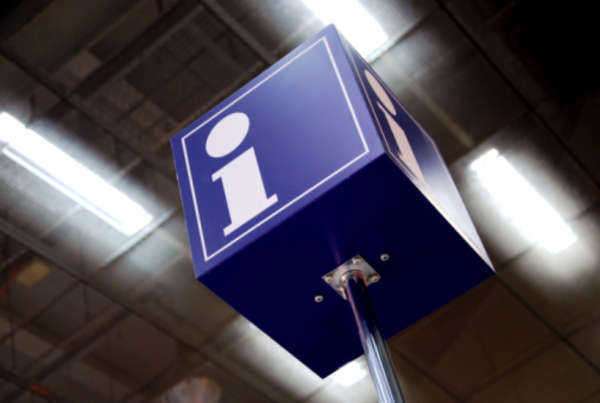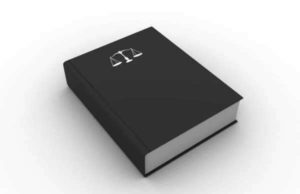
The Truth-In-Lending Act
The Truth in Lending Act (TILA) protects consumer rights by ensuring that consumers are aware of the terms and conditions of creditors when borrowing money and making credit card purchases. TILA mandates that creditors are absolutely clear in their terms and make a copy of the pertinent information for the consumer to keep. Terms must be easily understood and accessible by the consumer.
TILA often applies to closed credit transactions, which means that a creditor will lend a specific amount of money to a consumer which he or she must then pay back. This is often seen in mortgage loans. There are certain areas of this type of loan which must be made absolutely clear to the consumer. The agreement must include the name of the institution, the amount being financed, the interest rate, payment schedule, and any other necessary provisions.
There are several different types of agencies within the United States Government. A regulatory agency is generally part of the Government that has authority over a specific activity. Independent regulatory agencies functions are associated with the Government. However, they may receive little in the way of actual supervision. They are meant to function and carry out the tasks of the U.S. Government independently. Although they operate under the Federal Government, they are not a branch of the Government.
Independent regulatory agencies have tasks, such as performing investigations of audits, protecting consumer rights, and overseeing international trade. These tasks may prove to be very complex and time-consuming, which is why they are generally performed by independent regulatory agencies, as opposed to the Federal Government itself. This allows for greater accuracy and the ability to ensure that legislation is being followed by all citizens.
For example, the Federal Communications Commission, the Federal Trade Commission, and the Environmental Protection Agency are types of independent regulatory agencies. These independent regulatory agencies are better equipped than the Federal Government to handle specific areas of legislation because they will have expertise in the specific areas.
This concept was introduced by the United States Government in 1887 in order to handle certain aspects of private life. These independent regulatory agencies will operate with little supervision from the Federal executive agencies. However, they still have the authority to enforce legislation. In some cases, they will also be able to create new legislation through suggestion and comment. An existing piece of legislation may be amended based on the suggestion of a Government Agency.
Although they operate independently of the Government, most independent regulatory agencies are considered to be Federal executive agencies. This is because they operate under the Government. There are many Federal executive agencies that handle a variety of responsibilities. These tasks include protecting the environment, protecting consumers, managing America’s space program, and gathering intelligence.
There are a select few independent regulatory agencies that are considered to be outside the realm of Federal executive agencies. There are the Library of Congress and the Congressional Budget Office. These Federal executive agencies are considered to be part of the legislative branch of agencies. The Library of Congress is an agency that manages the research library of the United States Government. The Congressional Budget Office will report directly to Congress with economic data on the United States.
This is why it is always beneficial to pay off credit card debt. Most times, a person will be able to pay off the money at intervals by setting up a payment schedule. Wage garnishment is usually a last effort by a creditor to collect debts.






























